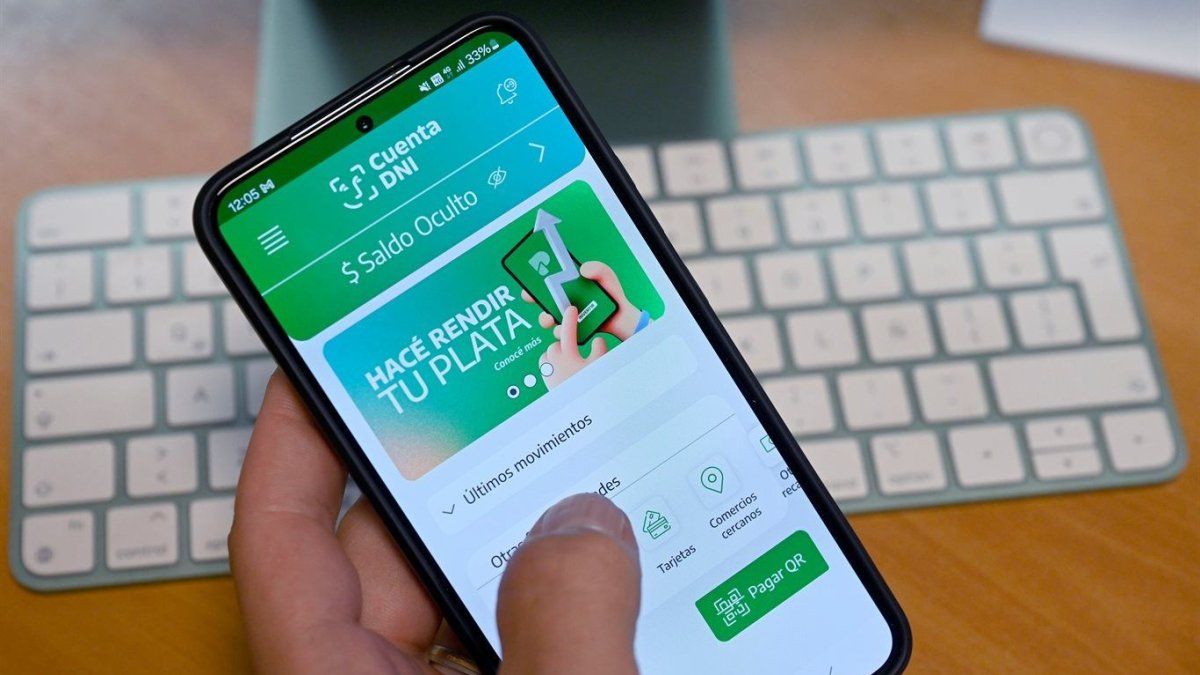The Government opened at the end of last year the Commercial Debt Register for imports in which the operators with pending payments until January 10, 2024 and a total of US$21,000 million would have been registered, an amount much less than that estimated by the Government based on the licenses of the Import System of the Argentine Republic (SIRA), which is why the government decided to extend the registration period. What is the reason for this discrepancy? And, until when is there time to register?
According to the details, US$16.5 billion of the reported amount corresponds to large firms, US$2.5 billion corresponds to medium-sized companies and US$2.0 billion corresponds to small and micro companies. However, the economist, expert in foreign trade, Miguel Ponce, indicates Ambit that “the commercial debt for imports reaches US$60,000 million in volume of SIRAs (products) and US$20,000 million in SIRASEs (services).
In other words, according to their calculations, they accumulate US$80,000 million in total the payments that companies had to finance outside the official market”.
Ponce points out, however, that the lower level that was registered in the registry is due to the fact that many importers did not register because “the majority of this debt is intracompany.” That is to say, the companies financed themselves with their headquarters abroad to pay for the importation of inputs for production.
Why is the registration of importers slow?
“By the exchange rate, in those cases, it was very convenient for them to finance themselves in this way. to the companies that turned to their parent companies as a source of dollars and that is possibly causing many of them not to declare their commercial debt now,” says Ponce.
For its part, the economist of the University of Avellaneda Federico Vaccarezza, expert in foreign trade, points out to this medium that, from those US$60,000, those who paid with foreign currency from banks abroad and those who have already canceled their debts must be deducted. Thus, he adds that we must discount what has already been paid with our own dollars and, as Ponce points out, “the debt of multinationals with their parent companies (cars, chemicals and supplies) and what was paid from accounts abroad.” .
The initiative aims to “know and make the real debt transparent” that companies have with foreign suppliers and Vaccarezza warns that “those who remain debtors have to register because, if not, they will not be able to enter the new system (the SEDI).”
According to his calculations, The final total of what is really owed would be approximately US$30,000 million.. Almost half of what is calculated by SIRAS, but warns that “it is still a very high amount” and that it is in line with what was not received due to a drop in exports in 2023.
How much would be the total import debt
Thus, he points out that Many companies that agreed to pay for exports outside the official dollar will not take advantage of the advantages that the Bonus for the Reconstruction of a Free Argentina (BOPREAL) can offer.the financial tool that the central bank (BCRA) launched about two weeks ago, through Communication A “7918”, for importers and with a maximum expiration period scheduled for October 31, 2027.
The purpose of the bond is to clear the stock of debt that importing companies have and, in this way, reactivate international trade. This is within the framework of the project to find a solution to this problem and the launch of the Export and Import System (SEDI), which replaces the SIRA.
In this context, it was established the obligation to register in the registry for all those importers who have carried out operations of goods and/or services until December 13, 2023 and have not accessed official MULC dollars to cancel all of their commercial commitments.
Likewise, in the event that said debts have been canceled through other mechanisms that did not involve the transfer of currency, They must report the operation as “completed”, situation that will allow the operation to be concluded before the financial entities by updating it in the Import Payment Monitoring (SEPAIMPO). Online, operations reported through this method have already exceeded US$2 billion.
Imports, Bopreal and register
The objective is to advance in the process of “cleaning” that account within the framework of the program that the Government launched and which includes the Bopreal tenders, which have not been very successful and it is expected to achieve a better level of adhesion in the third tender. announced by the Central Bank (BCRA), whose results will be known this Thursday, January 11.
The Government hopes that this time it will do a little better since it changed the conditions to make the bonds more attractive, after having agreed on some points with companies from the Argentine Industrial Union in a meeting they held to advance in that direction.
In the first two auctions there were accessions for US$60 million and US$57 million, which showed the low reception of the companies, and amounts well below the expectations of the Ministry of Economy. To reverse this trend, the Government sought to guarantee better parity in the secondary market for these bonds. and provide better access conditions to the official dollar market for those who buy BOPREL.
However, to be successful, The Government needs importers to comply with registration in the registry, which does not have a very high level of adhesion. Therefore, as noted, in addition to improving the conditions of the Bopreal, extended the deadline for registration until 1/24/24as reported this Wednesday.
Source: Ambito




